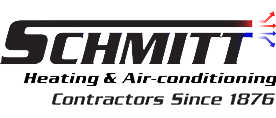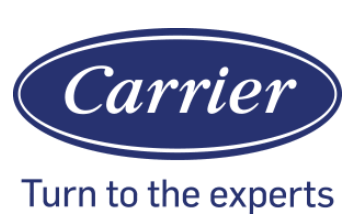How to Save HVAC Energy When It’s Hot Outside
HVAC efficiency is all about having your heater and air conditioner operate less. It will not only help you save money on your bills, but it will also allow the equipment to keep running longer and reduce your maintenance costs, saving you money in the long run. Along with the financial benefits, HVAC efficiency is also environmentally friendly. The less you allow the heat and air conditioning unit to run, the less energy you utilize.
When we reduce energy consumption, less energy must be produced, resulting in fewer carbon emissions. Carbon emissions are usually what destroy the ozone layer and contribute to the bigger problem of global warming. Since we understand that using your heater and air conditioning system less makes good common sense, it’s now time to learn how you can achieve this goal.
Start with your thermostat
The initial way for you to have your HVAC system operate less is easy and free of charge. It is merely to set your thermostat according to the season. Many energy specialists say that it’s better to set the thermostat at 78 in the summer and 69 during the winter. Therefore your HVAC unit will run less since the temperature you set is nearer to the exterior temperature. This technique costs nothing, however if you are like many people, you will neglect to switch the setting on a regular basis. So a cost-effective option is to purchase a programmable thermostat. For about $20 (higher end models, with more customization, can run much higher), you can find one and simply do the installation on your own. You can also set the temperature higher while you’re gone, helping you save additional money.
Seal up your home
Another way to further improve one’s heating and air conditioning performance would be to set up and replace insulation in your house. It is often smart to update your insulation or change it out if it is aged. Though this may cost you up-front, you can possibly obtain a nice tax credit for switching it out.
Another excellent idea is caulk the doors and windows. Changing out worn caulk or incorporating new caulk is similar to shutting a typical size window in your house. You can even install film on your windows for added efficiency. Window film obstructs the sun’s rays and maintains a lower temperature in the house during the summer. Every one of these factors put together can add up to quite a savings in addition to a sizeable tax credit.
Save HVAC energy with routine maintenance
thing that you can do to boost efficiency of the HVAC system is to have regular maintenance performed and give your system a tune-up. Keeping the system adequately taken care of will help it to perform much better. Besides saving on your energy bill it will also help you save money by reducing the need to replace the equipment as often.
With some advance planning and a little money, it is possible to significantly lower your heating and air conditioning expenditures. It’s great for you and you’ll be doing the environment a big favor as well.
At Schmitt Heating and Air Conditioning, we understand how important the HVAC industry is in terms of aiding the environment and cutting down on energy consumption. This is why we are so committed to helping out San Francisco locals with limiting their energy bills and carbon footprint, with energy savings tips.



